Problem Set #2
ASTR 3830
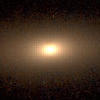
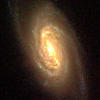
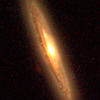
A B C
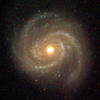
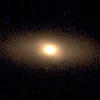
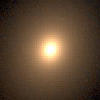
D E F

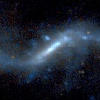

G H I
- Classify each of the nine galaxies shown above.
- Estimate the inclination of the galaxy or explain why you can’t in each case.
- In galaxy B above, you measure the Doppler shift of the 21 cm to be 60km/s at a point near the bottom of the image. Convert to estimated orbital velocity of the gas.
- You
observe some galaxy spectroscopically and determine its metallicity to be
–1.5. What type of galaxy should you expect it to be, and why?
- A generic galaxy rotation curve has the velocity rise linearly from 0 at the center to 200km/s at 5kpc from the center. Then it remains constant at 200km/s out to 15kpc beyond which it can’t be measured. a) Make a plot of M(r), the total mass internal to the radius as a function of radius. Use grams for y coordinate. b) Make a plot of the density of the dark matter in g/cc vs radius, assuming the dark matter is spherically symmetric.
- For the same galaxy described in problem 5, estimate k/w as a function of radius, where k is the epicycle frequency and w is the orbit frequency.